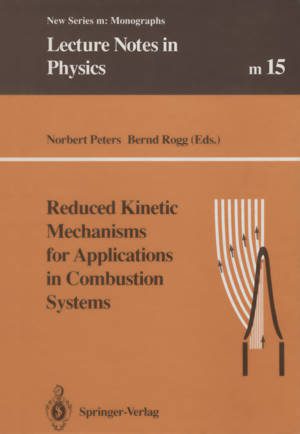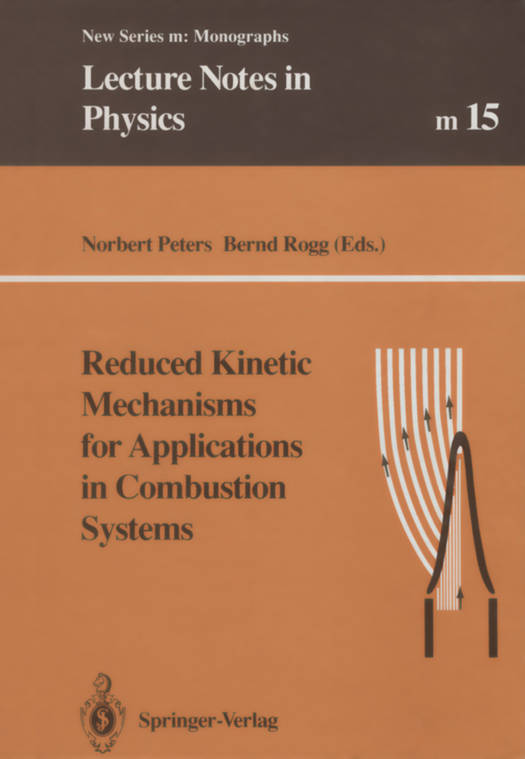
Je cadeautjes zeker op tijd in huis hebben voor de feestdagen? Kom langs in onze winkels en vind het perfecte geschenk!
- Afhalen na 1 uur in een winkel met voorraad
- Gratis thuislevering in België vanaf € 30
- Ruim aanbod met 7 miljoen producten
Je cadeautjes zeker op tijd in huis hebben voor de feestdagen? Kom langs in onze winkels en vind het perfecte geschenk!
- Afhalen na 1 uur in een winkel met voorraad
- Gratis thuislevering in België vanaf € 30
- Ruim aanbod met 7 miljoen producten
Zoeken
Reduced Kinetic Mechanisms for Applications in Combustion Systems
€ 111,95
+ 223 punten
Omschrijving
In general, combustion is a spatially three-dimensional, highly complex physi- co-chemical process oftransient nature. Models are therefore needed that sim- to such a degree that it becomes amenable plify a given combustion problem to theoretical or numerical analysis but that are not so restrictive as to distort the underlying physics or chemistry. In particular, in view of worldwide efforts to conserve energy and to control pollutant formation, models of combustion chemistry are needed that are sufficiently accurate to allow confident predic- tions of flame structures. Reduced kinetic mechanisms, which are the topic of the present book, represent such combustion-chemistry models. Historically combustion chemistry was first described as a global one-step reaction in which fuel and oxidizer react to form a single product. Even when detailed mechanisms ofelementary reactions became available, empirical one- step kinetic approximations were needed in order to make problems amenable to theoretical analysis. This situation began to change inthe early 1970s when computing facilities became more powerful and more widely available, thereby facilitating numerical analysis of relatively simple combustion problems, typi- cally steady one-dimensional flames, with moderately detailed mechanisms of elementary reactions. However, even on the fastest and most powerful com- puters available today, numerical simulations of, say, laminar, steady, three- dimensional reacting flows with reasonably detailed and hence realistic ki- netic mechanisms of elementary reactions are not possible.
Specificaties
Betrokkenen
- Uitgeverij:
Inhoud
- Aantal bladzijden:
- 362
- Taal:
- Engels
- Reeks:
- Reeksnummer:
- nr. 15
Eigenschappen
- Productcode (EAN):
- 9783662139523
- Verschijningsdatum:
- 20/11/2013
- Uitvoering:
- Paperback
- Formaat:
- Trade paperback (VS)
- Afmetingen:
- 170 mm x 244 mm
- Gewicht:
- 598 g

Alleen bij Standaard Boekhandel
+ 223 punten op je klantenkaart van Standaard Boekhandel
Beoordelingen
We publiceren alleen reviews die voldoen aan de voorwaarden voor reviews. Bekijk onze voorwaarden voor reviews.








